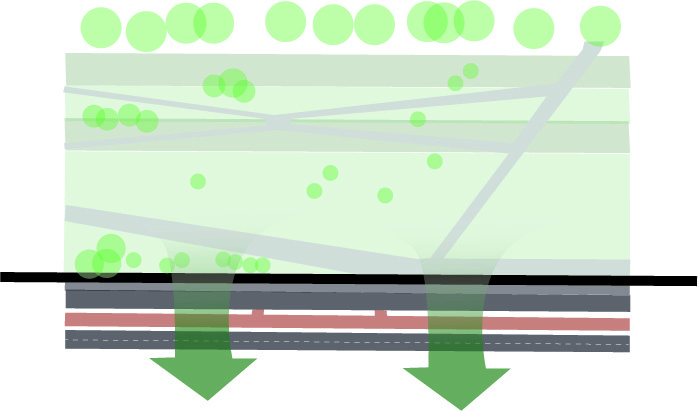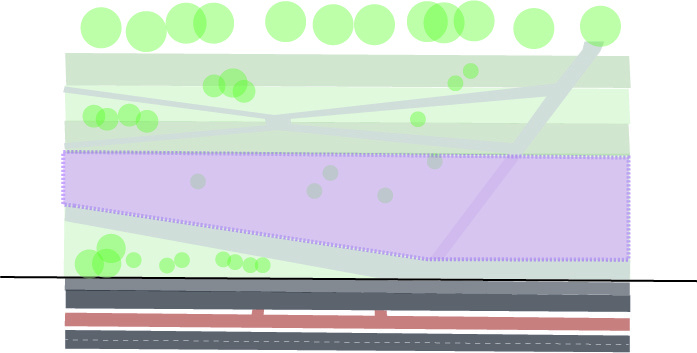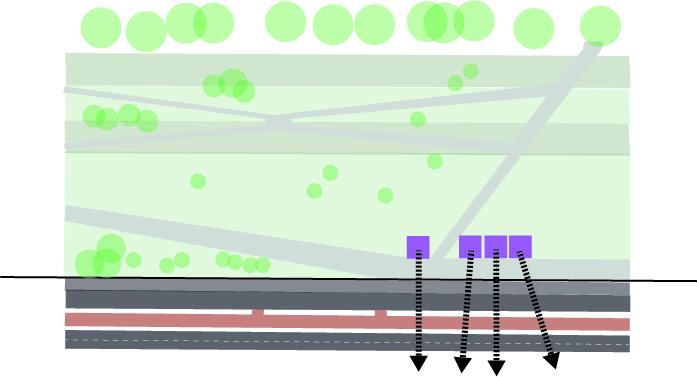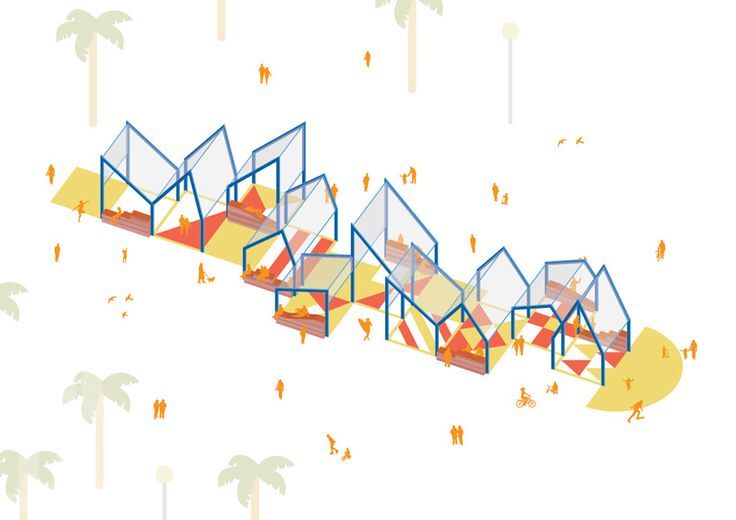How can we connect with each other in a 1,5 meter distance society?
The problem with the current situation is that we do not have the furniture to fill the gaps of 1,5 meters. If we want to stay apart, the terraces, parks and streets will be empty. What if we make the furniture bigger, to fill the gap? Its like the ‘bijentafels’ in Amsterdam, giant furniture, to feel you’re still close to each other at the same table.
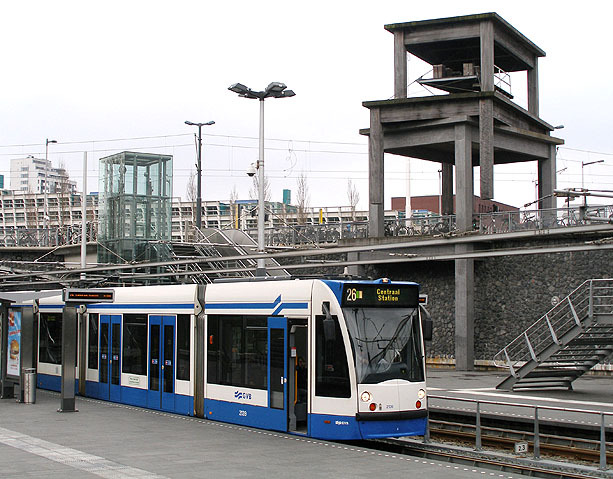
Bijentafels Amsterdam, by Frank Mandersloot 
The idea of giant furniture
This gives the idea of this bench, where you can sit with two persons at the time. The mouth will stay on a 1,5 meter distance to each other, but you can connect with your feet. There is a low risk of infection here; feet are also touching the dirt on the streets, without people getting infected. The form of the bench creates cozyness, as it is easy to speak with each other. Also, it gives protection from the wind.

